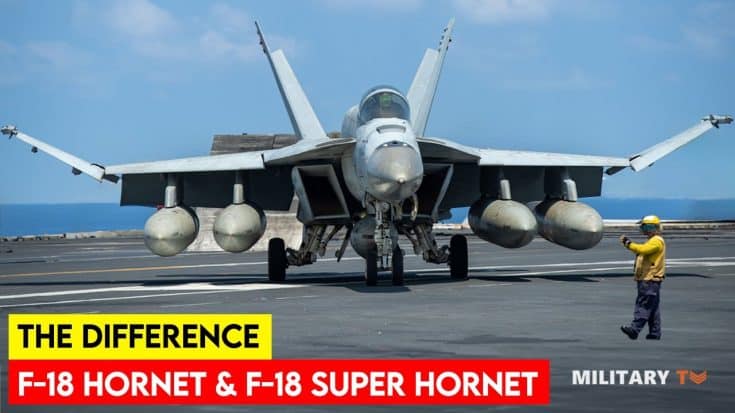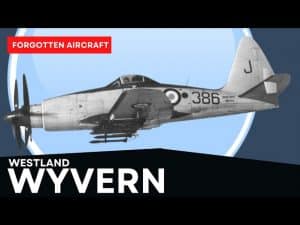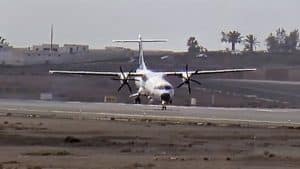The Key Differences Between The Hornet And Super Hornet

YouTube / Military TV
The F/A-18 Hornet is truly a remarkable aircraft in the history of aviation. However, the Navy wanted a more powerful and versatile fighter that could complement the F-14 Tomcat, leading to a redesigned version of the Hornet known as the Super Hornet.
Key Differences?
The Super Hornet had its origins in the Northrop prototype, the P-530. It featured a larger wing, a longer fuselage, and more powerful engines.

In the 1990s, the Super Hornet took flight, replacing the Navy’s need for a more modern plane. It shared design concepts with the original Hornet but had a much bigger airframe.
Design
The Super Hornet features a redesigned airframe that’s 25% larger. It also utilizes large rectangular air intakes, upgraded General Electric F414 engines for increased power, and an enhanced avionics suite for improved performance.

It also has an internal fuel capacity that surpasses its predecessor by 33%. This, along with its expanded wing surfaces, produces a remarkable 50% augmentation in range as compared to the much smaller, original design.

The Super Hornet provides superior performance with fewer parts and lower maintenance requirements.
Apart from its bigger size, it stands out with unique design features such as an enlarged leading edge extension, distinctive saw tooth outer wing, and bigger rectangular intakes.

Not only do these design elements give this jet an impressive look, but also contribute to its enhanced capabilities.
Range
The Super Hornet has improved range capabilities with a combat range of 1,458 miles surpassing the Hornet’s performance.

When used for ferry missions, it can cover a more substantial distance of 1,898 miles.
Avionics
The Hornet’s avionics system features the APG-73 radar which provides situational awareness by detecting and tracking targets, helping in navigation and weapon delivery. It also incorporates the ALR-67 radar warning receiver which detects and identifies radar signals from potential threats. It’s also equipped with a rover antenna.

When it comes to the Super Hornet, it’s equipped with state-of-the-art technologies made up of advanced processors, fiber optics, conformal wide-band antennas, and networking systems. It also utilizes advanced electronic warfare systems such as the ALQ-214, providing the jet with formidable self-protection against ever-evolving electronic threats.


















